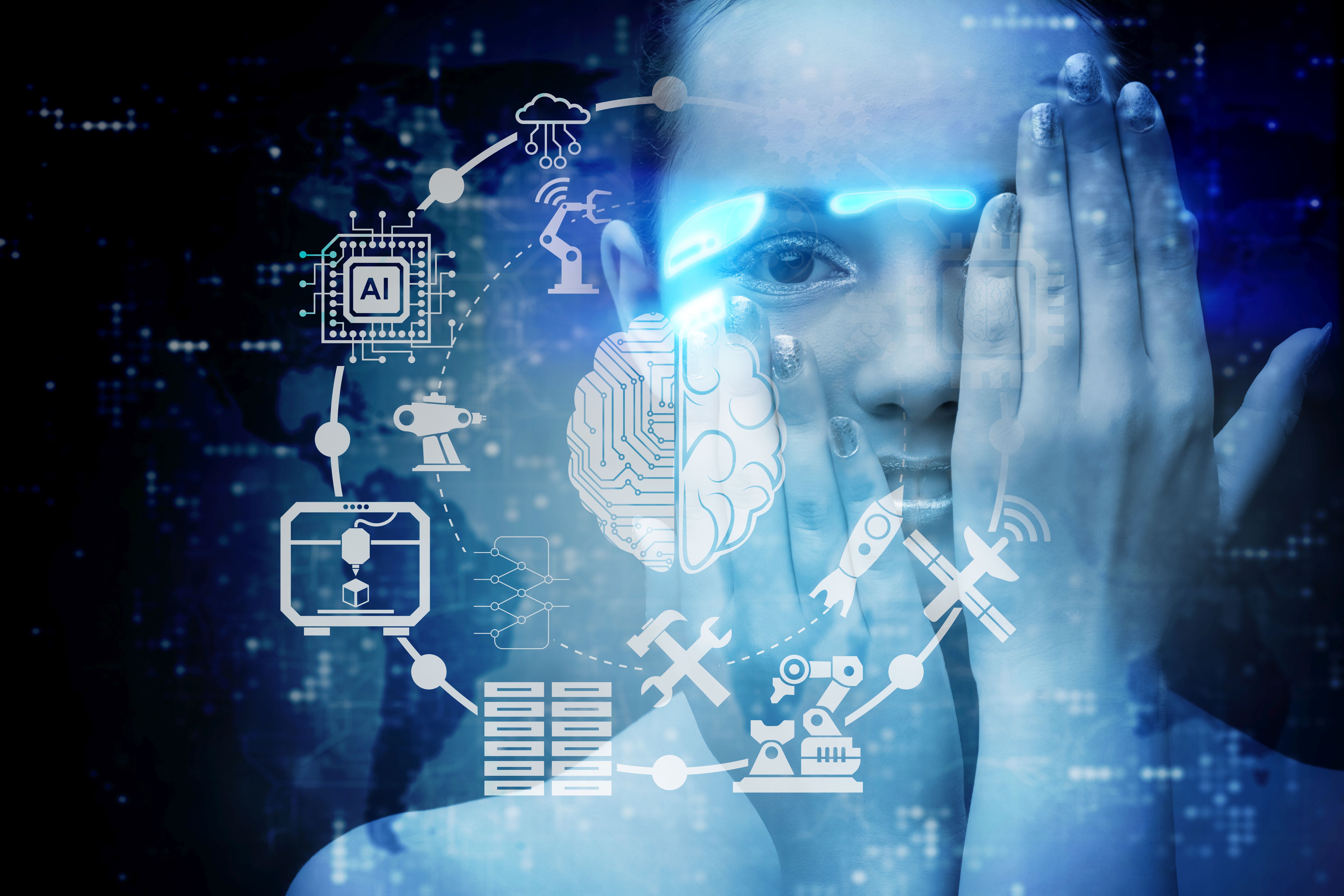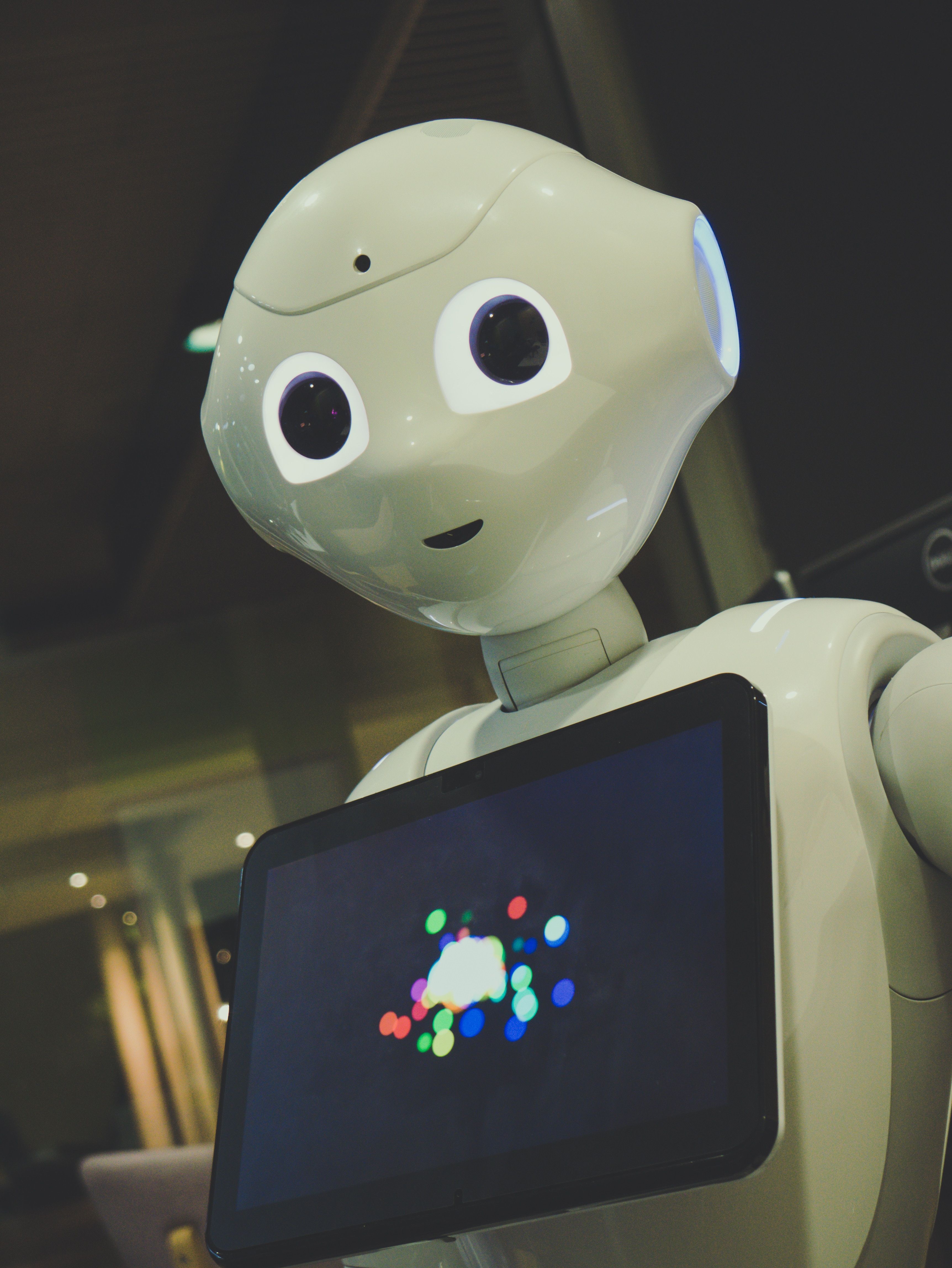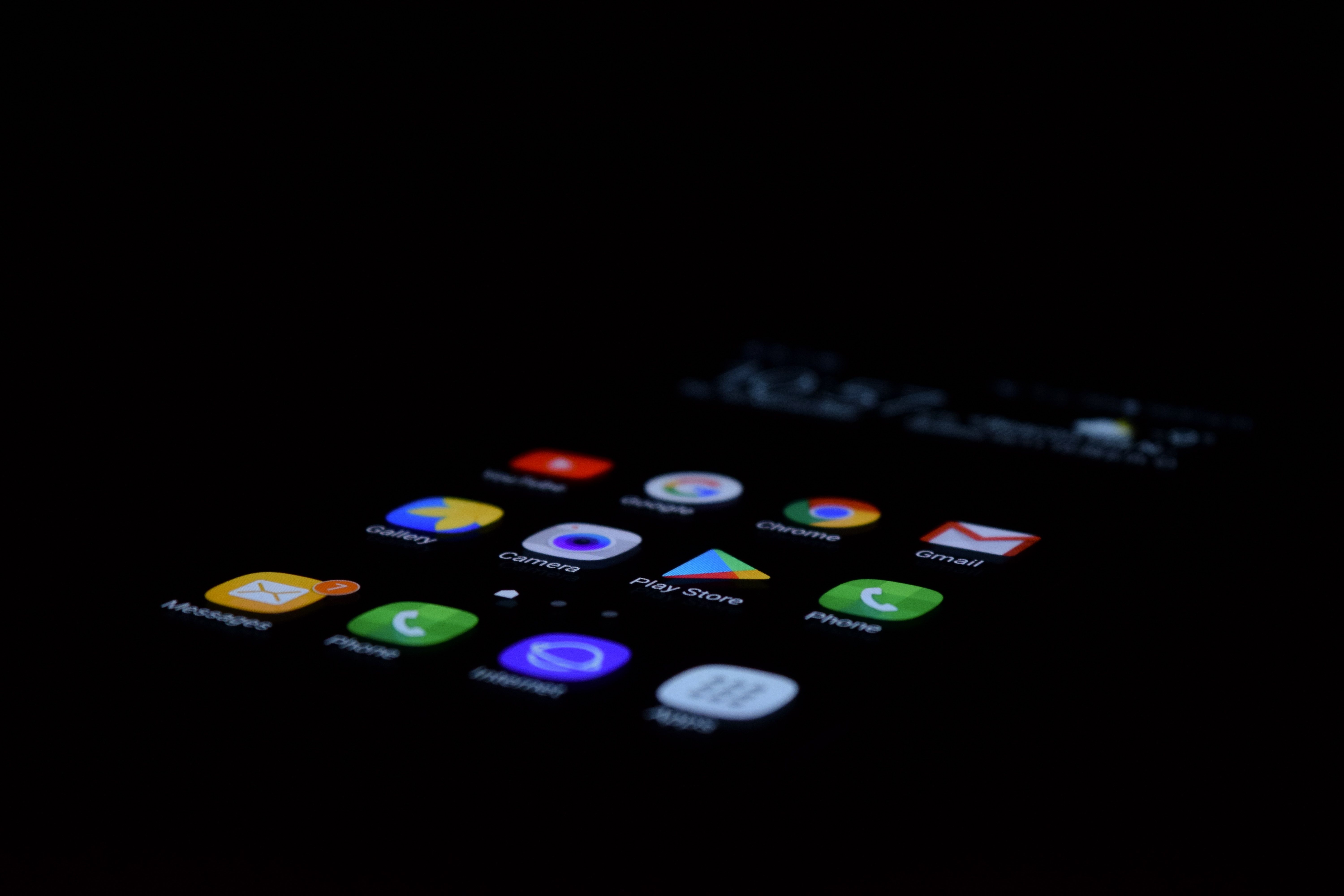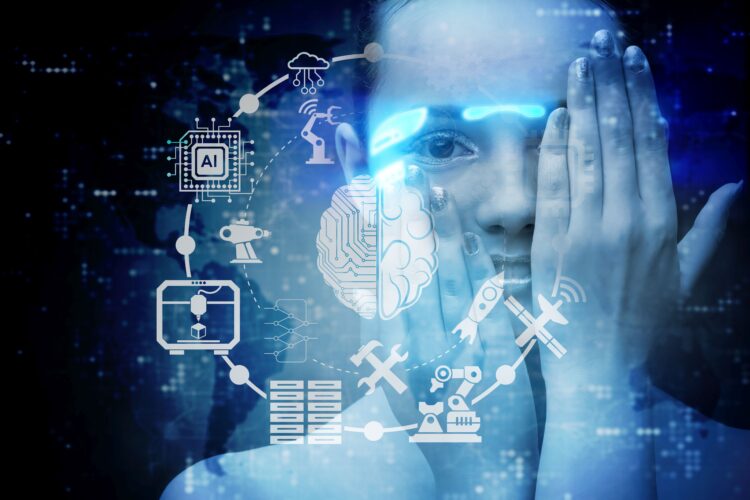What does artificial intelligence (AI) mean to you? When you read those words, do you think of robots performing advanced tasks on their own? Most likely.

AI is also becoming a big part of the education system. A recent report from eSchool News estimates that the use of AI in the US education system will grow by 47.5 percent between 2017-2021. That means big changes for all school levels, from kindergarten to higher degrees.
So, you might be wondering, what do artificial intelligence and education have to do with one another? A lot! AI is bringing new educational methods into the school system. These new methods will completely change students’ learning experiences.
Win more scholarships with less effort
Simplify and focus your application process with the one-stop platform for vetted scholarships.
Check for scholarships5 Interesting Ways That AI Will Change Education
Make Learning More Personal

For example, Thinkster Math is a tutoring app that matches each student with a behind-the-scenes tutor. First, Thinkster Math gives the student a problem to solve. As the student solves the problem on the screen, the app can figure out where the student has made a mistake and what step they misunderstood.
Carnegie Learning is another program that gives students a more personal learning experience. The app looks at each student’s unique learning process and adapts the lessons as needed.
Digital Content
AI is used to create digital content for students of all ages and levels.
There are some programs like Cram101, that allow teachers to take content from textbooks and turn them into outlines, chapter summaries, study guides, practice tests and cards.
Grading
Grading is very time consuming and stressful for teachers. AI can help teachers save time. There are already many programs which can grade multiple-choice tests.

AI has helped create plagiarism checkers which allows a teacher to detect the stealing of others’ work. Another anti-plagiarism program is Emma. This program can identify the student who wrote a paper based on the writing style of the paper.
Other programs like Gradescope, can grade students’ papers by understanding the types of questions asked, assess the student’s answers, and even recognize handwriting. Gradescope can save teachers up to 90 percent of their grading time.
AI is even able to create experimental and hands-on activities through virtual reality. This allows students to do experiments and field trips without leaving the classroom, the library or their homes.
Universal Access for All Students

This is helpful for students who speak different languages or have a visual or hearing disability. It can also benefit students who can’t go to school because of an illness or for students who don’t have the subject available at their school.
Support Outside the Classroom
AI is able to support students when they are at home and having difficulty with homework or studying for a test. Tutoring and study programs are becoming more advanced because of artificial intelligence. Soon they will be more available to students and for many types of learning styles.

While formal education won’t disappear completely any time soon, the roles of teachers may change. But, it is clear that artificial intelligence and education go hand in hand.
Using AI in education seems to be a win-win situation for all. Students can learn in a way that’s right for them, while teachers get to focus on tasks other than checking homework and grading tests. So, the entire education system becomes more efficient.
The changes are only beginning, and many programs using AI are still being developed. For now, students and teachers around the world are already enjoying the benefits from some of the programs.



